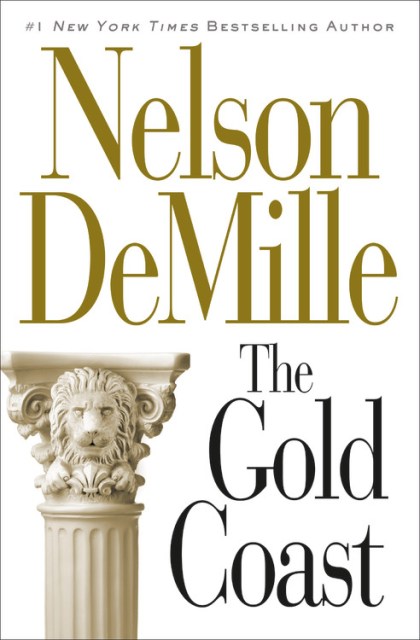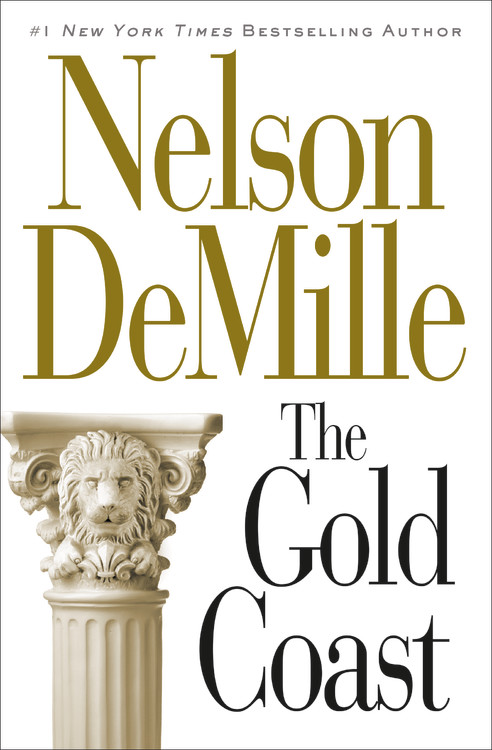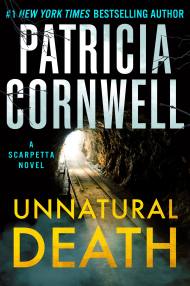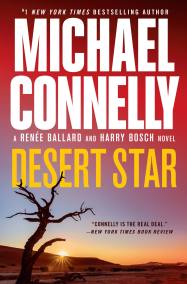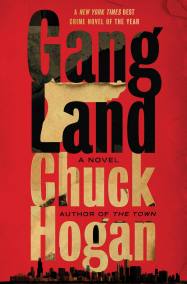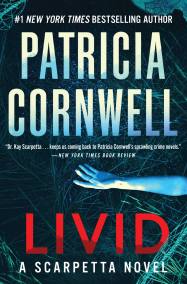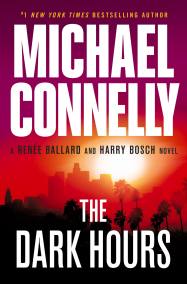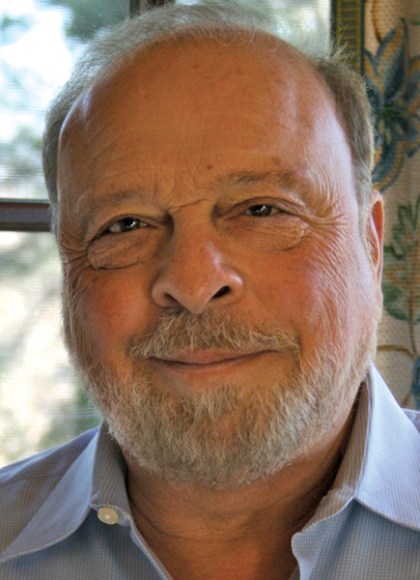Promotion
Use code MOM24 for 20% off site wide + free shipping over $45
The Gold Coast
Contributors
Formats and Prices
Price
$19.99Price
$24.99 CADFormat
Format:
- Trade Paperback $19.99 $24.99 CAD
- ebook $2.99 $2.99 CAD
- Hardcover $33.00 $42.00 CAD
- Audiobook Download (Unabridged)
- Mass Market $10.99 $13.99 CAD
This item is a preorder. Your payment method will be charged immediately, and the product is expected to ship on or around August 29, 2017. This date is subject to change due to shipping delays beyond our control.
Also available from:
The Great Gatsby meets The Godfather in this #1 New York Times bestselling story of friendship and seduction, love and betrayal.
Welcome to the fabled Gold Coast, that stretch on the North Shore of Long Island that once held the greatest concentration of wealth and power in America. Here two men are destined for an explosive collision: John Sutter, a disillusioned Wall Street lawyer holding fast to a fading aristocratic legacy; and his distinctly unwelcome new neighbor Frank Bellarosa, a Mafia don who has entered the Gold Coast’s world of money, mansions, and manners with all the grace of a barbarian chief. Soon Bellarosa infiltrates the lives of John and his regally beautiful wife, Susan, drawing them into his violent criminal world. Told from Sutter’s sardonic and often hilarious point of view, and laced with sexual passion and suspense, THE GOLD COAST is Nelson DeMille’s enduring fan favorite.
Genre:
-
"A true master."Dan Brown
-
"A marvelous contemporary writer with something to say, something as rare as it is rewarding."New York Daily News
-
"A master at keeping the reader hanging on to see what happens next."The Associated Press
-
"Authors just don't get any better than Nelson deMille."-Denver Post
-
"One of the greatest storytellers of ours or any time."-Providence Journal
- On Sale
- Aug 29, 2017
- Page Count
- 752 pages
- Publisher
- Grand Central Publishing
- ISBN-13
- 9781538744321
Newsletter Signup
By clicking ‘Sign Up,’ I acknowledge that I have read and agree to Hachette Book Group’s Privacy Policy and Terms of Use
